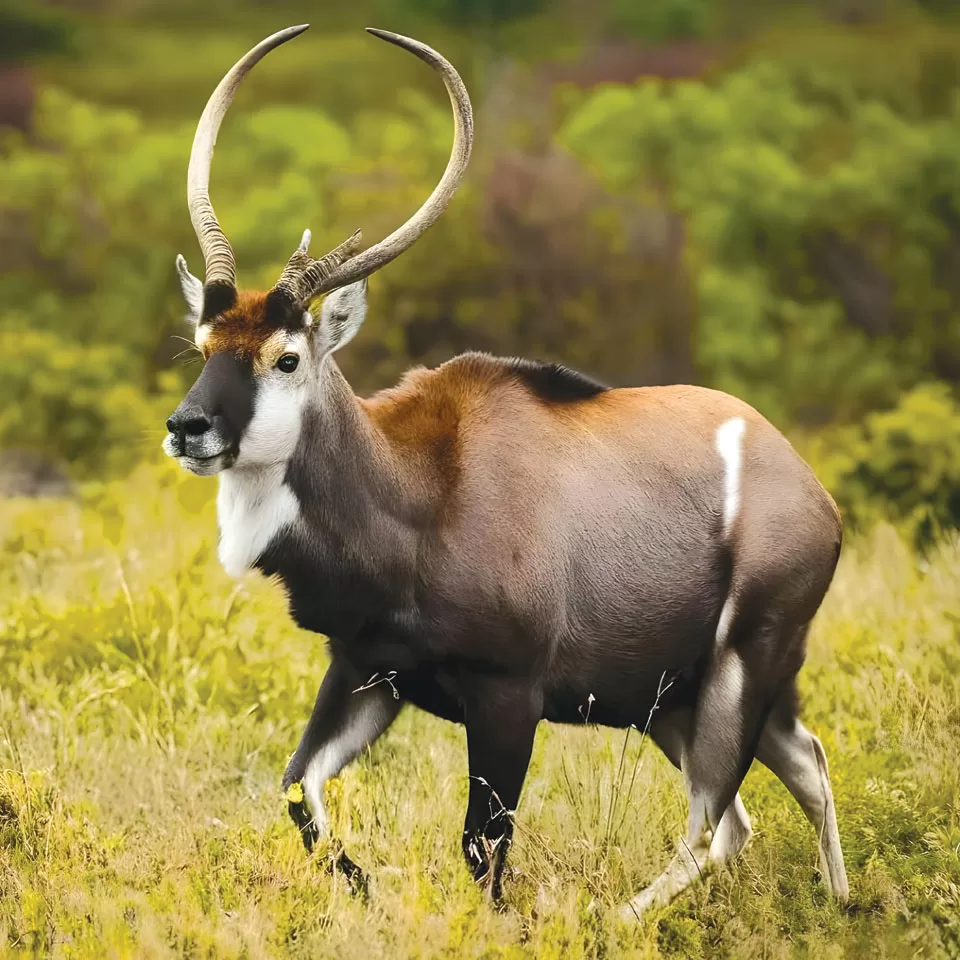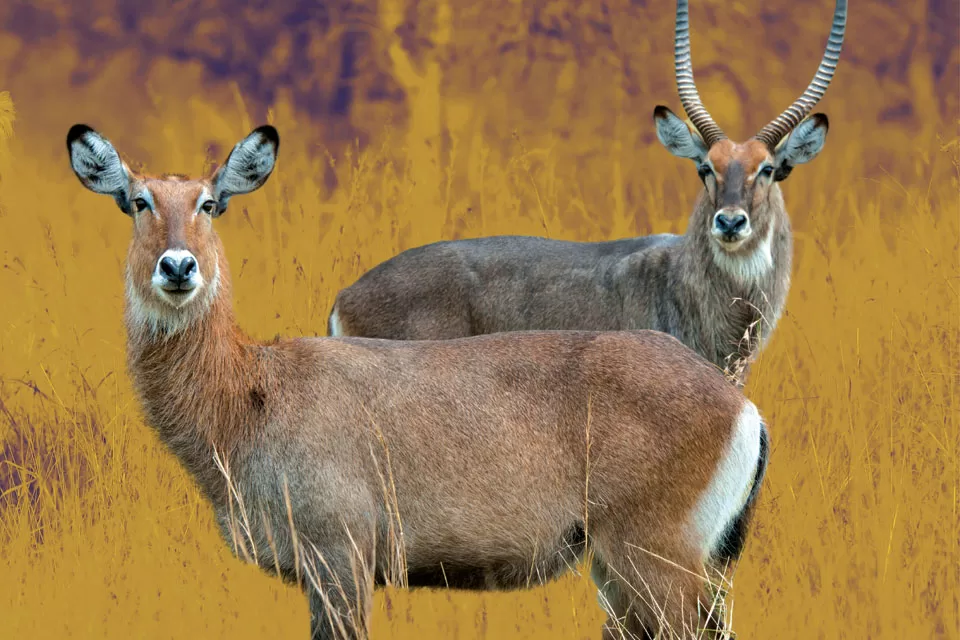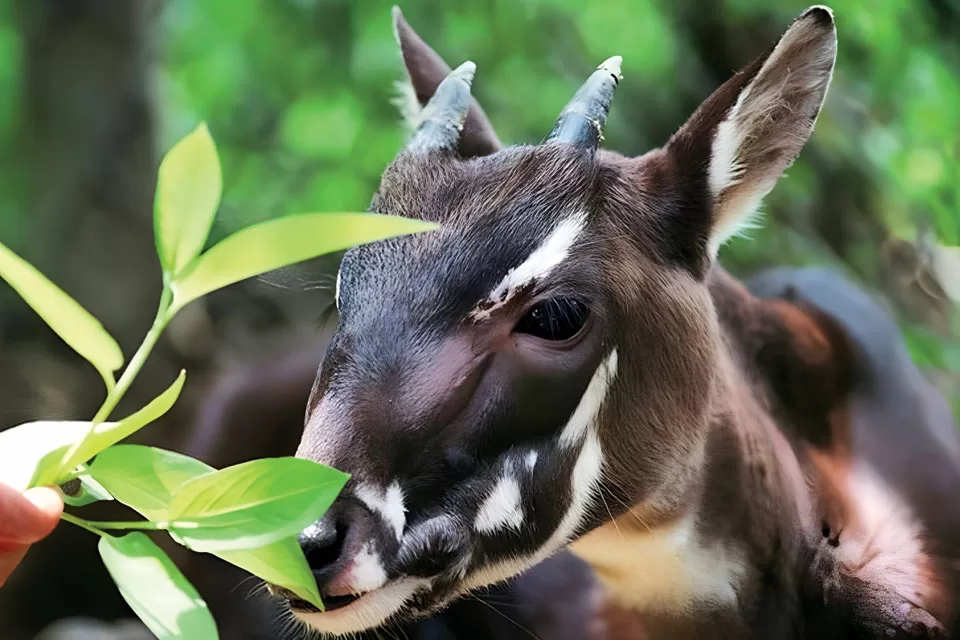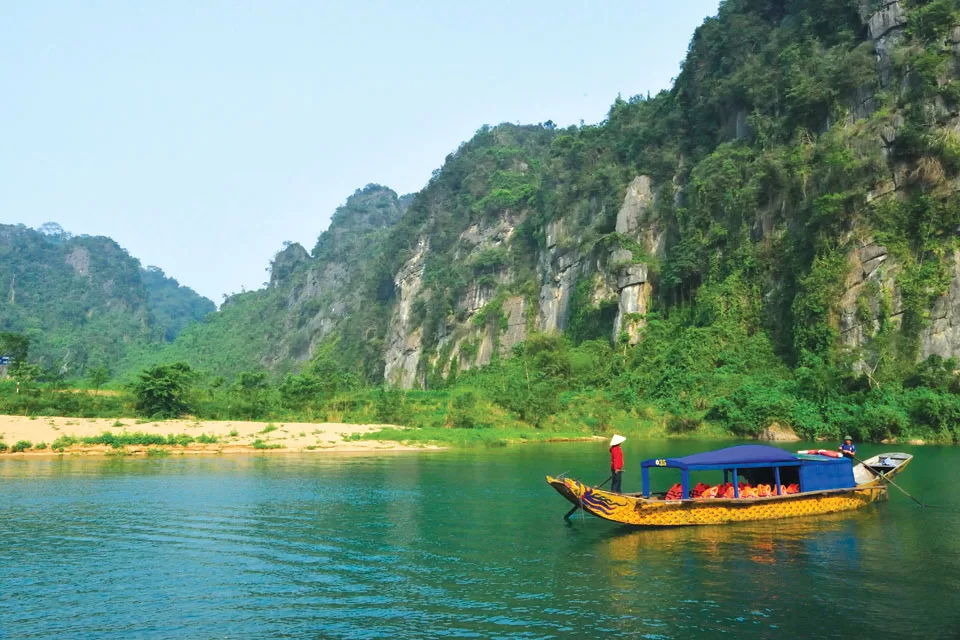
The name “saola” is pronounced “SOW-la”. It’s pronounced with two syllables, rhyming with “now” and “ha”, according to Wiktionary. The word is of Lao and Vietnamese origin, meaning “spindle horns”.
The Saola, also known as the Asian unicorn, is a critically endangered mammal found only in the Mountains of Laos and Vietnam. Discovered in 1992, it’s one of the rarest large mammals on Earth, with an estimated population of only a few hundred, possibly even fewer than 50. The Saola is threatened by hunting, habitat loss, and snares set for other animals. There is concern that the species may already be extinct. This endangered species’ closest relatives are the buffalo and cattle.
The general characteristics of the saola, as shown by various studies include a chocolate brown coat with patches of white on the face, throat and the sides of the neck, a paler shade of brown on the neck and the belly, a black dorsal stripe, and a pair of nearly parallel horns, present on both sexes. The estimated weight is between 176 and 220 pounds.
The saola has round pupils with dark-brown irises that appear orange when light is shone into them; a cluster of white whiskers protrude from the end of the chin
Both sexes possess slightly divergent horns that are similar in appearance and form almost the same angle with the skull, but differ in their lengths. These are generally dark-brown or black and about twice the length of their head.
Though apparently solitary, saola have been reported in groups of two or three as well as up six or seven. Very little information is available about the reproductive cycle of the saola. The saola is likely to have a fixed mating season, from late August to mid-November; only single calf births have been documented, mainly during summer between mid-April and late June.
The Saola Working Group was formed by the IUCN Species Survival Commission’s Asian Wild Cattle Specialist Group in 2006 to protect the saolas and their habitat. This coalition includes about 40 experts from the forestry departments of Laos and Vietnam, Vietnam’s Institute of Ecology and Biological Resources, Vinh University, biologists and conservationists from Wildlife Conservation Society. World Widelife Fund (WWF) for nature has been involved with the protection of the saola since its scientific discovery. They helped improve the management of Vu Quang Nature Reserve where the saola was discovered, and helped establish two new adjacent saola reserves in the Thua-Thien Hue and Quang Nam provinces.
WWF also works on research, improved community-based forest management, capacity building among government and community rangers, preventing poaching, and reducing demand for wildlife products that drive snaring. By collaborating with local partners as well as other organizations that are committed to conserving the saola and the Annamites, WWF is playing an active role in the international efforts to save this species from extinction and the World Wide Fund for Nature.



